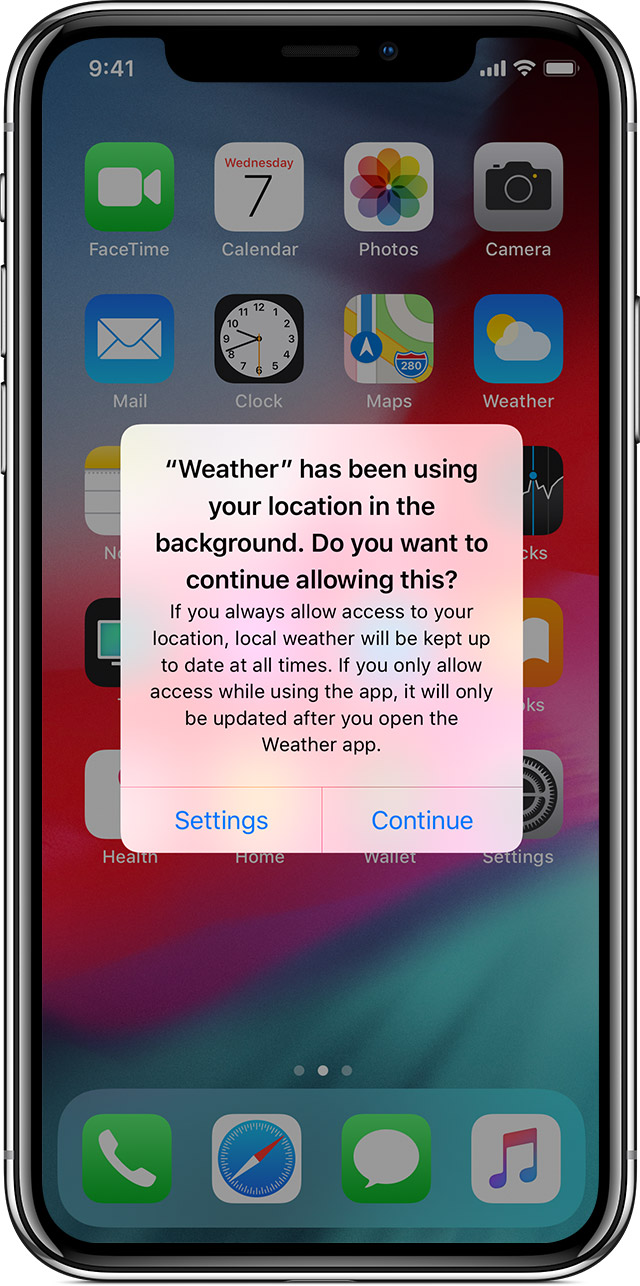
The Data and Sensor Access section of the report reveals how often an app has accessed the iPhone’s camera, contacts, location, media library, microphone, photo library, or screen recording.Īrmed with this intelligence, the user can choose to enable or disable each app’s access, in a selection of separate privacy modules.

Here, the user is presented with a dynamic breakdown of each app’s network activity, website network activity, and the most frequently contacted internet domains. The “ops centre” of this decision-making process is the App Privacy Report, found in the Privacy section under Settings. Which apps should be allowed to access your iPhone’s camera, microphone, calendar, contacts, reminders, and health data? It’s entirely up to you. Which apps should be allowed to track your location, using GPS, Bluetooth, WiFi hotspots and mobile phone masts, in order to help you with navigation, traffic routing, and recommendations? Which apps and services should be allowed to track your search and browsing activity, in order to send you targeted advertising? Rather than “vacuuming up data” on an uninformed basis, as Cook puts it, the iPhone puts access to private data in the user’s own hands. Based on the principle that privacy is a fundamental human right, that’s exactly what Apple has been doing, by making iPhones not just user-friendly, but respectful of the user’s personal data.

The solution? Empower the human, by limiting the power of the machine. In a world like that, where we’re restraining ourselves, it changes society in a major way.” “If we begin to feel that we’re being surveilled all the time,” he said, “our behaviour changes.


 0 kommentar(er)
0 kommentar(er)
